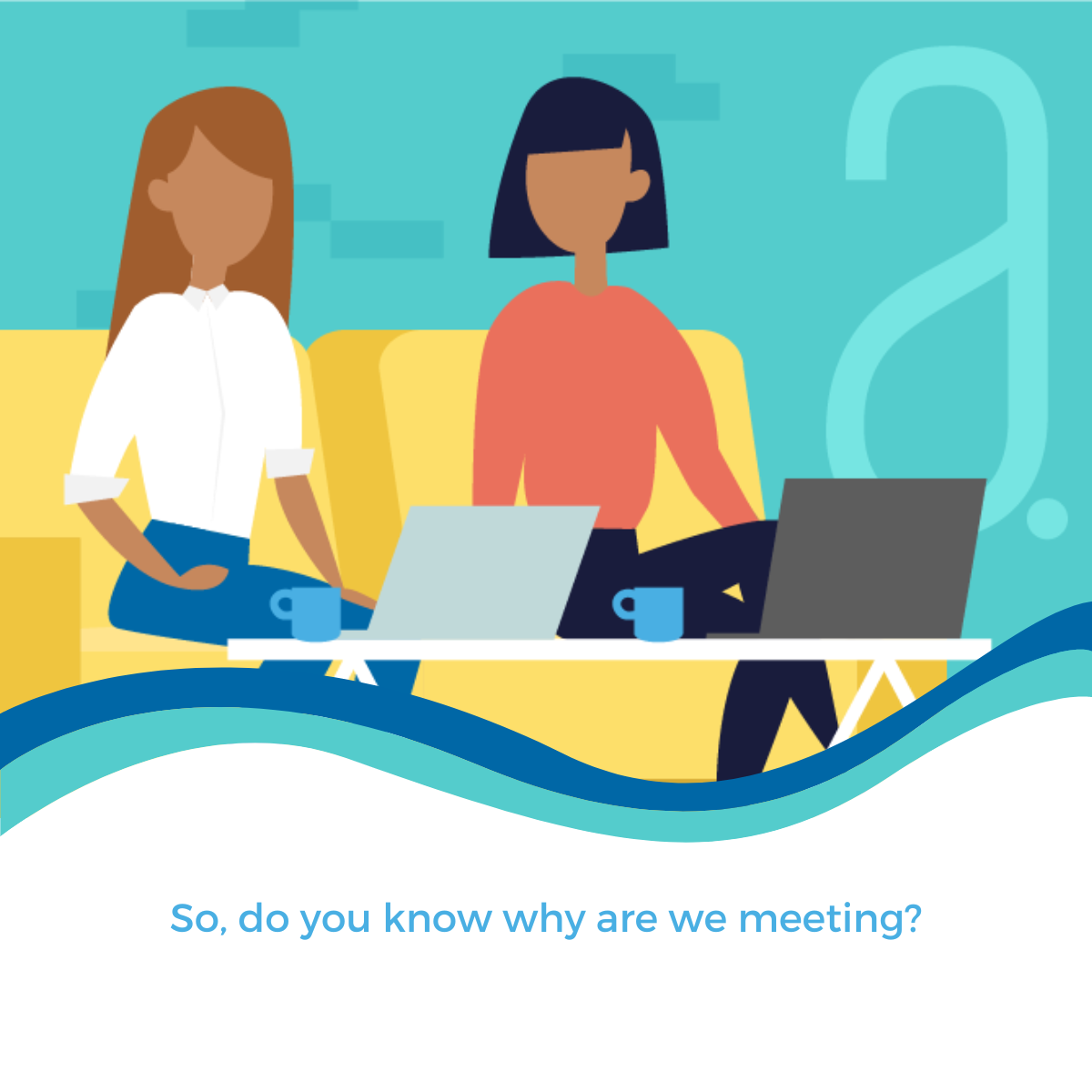14 Apps, and AI Tools We Love!
It’s that special time of year when our team celebrates Valentine’s Day and our love for the apps, AI, and productivity tools that simplify our lives and elevate our experiences!
With the right tools at our fingertips, our devices become more than just gadgets; they become trusted allies, boosting productivity, nurturing creativity, and adding a touch of joy to our daily routines.
To avoid overwhelming ourselves with too many apps, it’s important to periodically declutter and refresh our digital toolbox. Take a moment to review your apps, bid farewell to those that no longer serve you, and welcome new ones that align with your current needs and goals.
 For Valentine’s Day we’ve curated a selection of 14 apps that inspire the Artisan Creative a.team at work, help us unwind at home, and simply bring us joy. Give one (or more!) a try and share your thoughts with us! Happy Feb 14!
For Valentine’s Day we’ve curated a selection of 14 apps that inspire the Artisan Creative a.team at work, help us unwind at home, and simply bring us joy. Give one (or more!) a try and share your thoughts with us! Happy Feb 14!
- Otter: Whether you’re jotting down ideas, transcribing a podcast, recording meetings, or preserving those brilliant midnight musings, Otter’s intuitive voice recorder has you covered. I used Otter when I was writing my book and it helped me dictate my thoughts before I forgot them.
- Notes & Voice Memo: Sometimes, the simplest tools are the most powerful. These native apps come pre-installed on your phone and are perfect for everything from jotting down recipes to creating grocery lists.
- Canva: Unleash your creativity with this powerful tool to create social media assets, internal communication, and an array of templates to create quick artwork anytime, anywhere.
- Pomodoro Timer: One of the simplest time management tools out there. Set your preferred timer and work towards your most productive self.
- Trello: A must-have for remote teams, Trello keeps us connected and organized, no matter where we are or what project we are working on.
- Spotify: Set the perfect soundtrack for your workday. Music is a powerful positive trigger and has the power to enhance every moment from fostering creativity to promoting relaxation.
- Netflix: Because sometimes, a little entertainment is just what we need to unwind.
- Grammarly: A must-have for any writing assignment. Elevate your writing with Grammarly’s AI-powered writing assistant and catch those nasty spelling and grammar issues. A must-have for any resume writing.
- reMarkable: LOVE this tool. It feels like paper, but it transforms the way you take notes and sketch ideas into a digital notebook. I especially love that it does not have web browsing capability, so it keeps me focused.
- Krisp: We’ve been a remote team for close to 15 years. Work-from-home is amazing, although sometimes noisy. Krisp helps us reduce background noise during interviews and client meetings with noise-canceling magic. Our artisan podcast is recorded using Krisp.
- Duolingo: Learn something new! Currently, our a.team is learning Spanish and Japanese using this app.
- Slack: Another must-have for remote teams. We especially love the integration options with other apps to make the daily workflow and communication seamless.
- Loom: Easily create and share video messages to communicate more effectively with your team. We use it to record our SOPs, and to communicate internally and externally with clients.
- ChatGPT: No explanation needed! This productivity tool helped me refine this blog post.
At Artisan Creative, we believe in fostering harmony between life and work, and we’re dedicated to helping teams and careers thrive. Get in touch with us today to start a conversation about how we can support your success journey.


